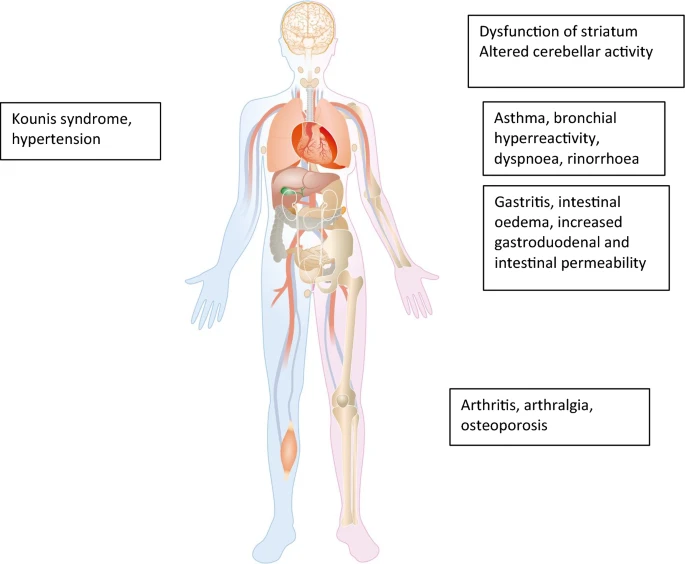Volume 2019:12 Pages 331—341
Sy Duong-Quy1,21Department of Respiratory Diseases, Medical and Biological Research Centre, Lam Dong Medical College, Dalat City, Lam Dong Province, Vietnam; 2Department of Immuno-Allergology, Penn State Medical College, Hershey, PA, USA
Abstract: Nitric oxide (NO) is a potential bioactive gas produced continuously and constantly in the airways of healthy subjects. In allergic airway inflammation, the level of exhaled NO is usually increased and mediated by inducible nitric oxide synthase (iNOS) enzyme presenting in the epithelium and different inflammatory cells. The measurement of NO concentration in the airway is possible with portable devices which use an electroluminescence technique. In subjects with upper airway with allergic inflammation such as in allergic rhinitis, the measurement of nasal NO (nNO) may help to diagnose and manage the disease. In the lower airway, increased fractional exhaled NO (FENO) reflects directly the inflammatory process that occurs in the airways that are typically seen in asthma.







